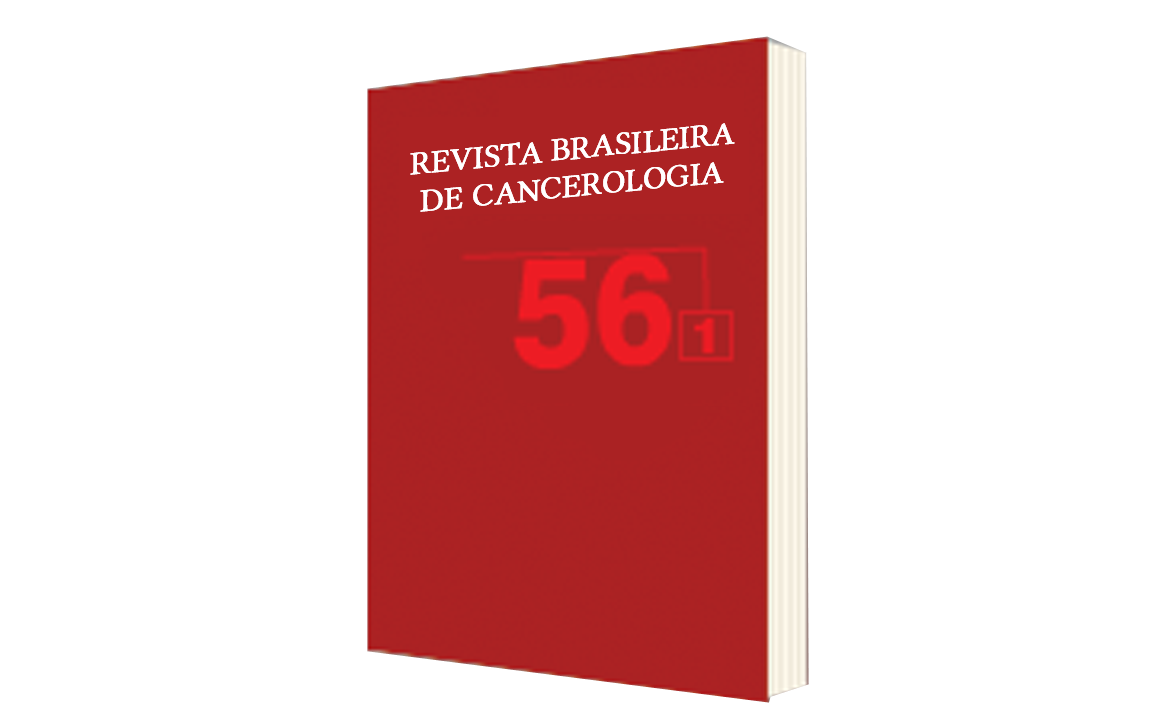Ingestão Dietética, Concentrações Séricas e Teciduais Orais de Carotenoides em Pacientes com Carcinoma Epidermoide da Cavidade Oral e da Orofaringe
DOI:
https://doi.org/10.32635/2176-9745.RBC.2010v56n1.1518Palavras-chave:
Carotenoides, Tecidos, Mucosa Bucal, Neoplasias Bucais, Ingestão de Alimentos, Estudos TransversaisResumo
Com o objetivo de caracterizar pacientes com cânceres da cavidade oral e da orofaringe, quanto à ingestão alimentar e às concentrações de carotenoides no soro e tecido oral, foi realizado estudo transversal envolvendo 37 pacientes homens e 11 mulheres, com idade entre 39 e 77 anos, sem tratamento anterior da doença. As biópsias orais foram obtidas durante o ato cirúrgico em todos pacientes. Determinação tecidual de carotenoides foi realizada por Cromatografia Líquida de Alta Eficiência (CLAEclae), utilizando a coluna C18. As ingestões dietéticas habituais diárias de carotenoides foram 3.859, 1.994, 1.345, 508, 102 e 78mg/dia para o total de carotenoides, licopeno, betacaroteno, luteína/zeaxantina, alfacaroteno e betacriptoxantina, respectivamente. As maiores concentrações de carotenoides no soro foram verificadas para o licopeno (0,54mmol/L) e a luteína/zeaxantina (0,31mmol/L). No tecido normal, as concentrações encontradas foram 3,49; 1,15; 0,12 e 0,09mmol/kg para a luteína/zeaxantina, licopeno, betacaroteno e betacriptoxantina, respectivamente; esses valores não foram estatisticamente diferentes em relação aos do tecido neoplásico. O licopeno foi o carotenoide predominante na dieta (53%) e no soro (45%). Nos tecidos, houve predomínio da luteína/zeaxantina (64%-65%). Correlações significativas (r=0,28 a r=0,70), entre os valores de carotenoides na dieta, no soro e tecido oral, foram observadas para a maioria dos carotenoides. O licopeno foi identificado como o principal carotenoide na dieta e no soro, enquanto a luteína/zeaxantina predominou no tecido oral. Não foi observada depleção dos carotenoides investigados no tecido oral neoplásico no grupo estudado.









